Chhath being celebrated today
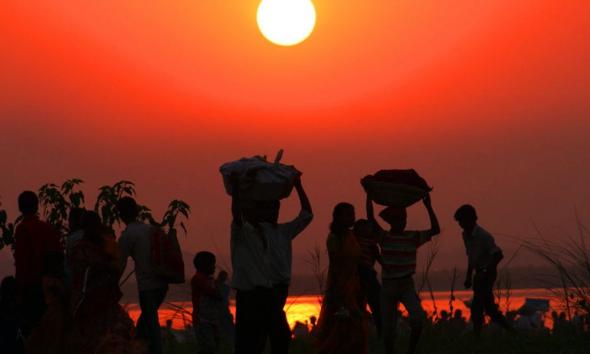
Kathmandu, November 7 — Today, on the main day of the Chhath festival, devotees are performing worship and offering arghya to the setting sun in the evening. The festival, which involves the worship, devotion, and prayers to the Sun God, began on Tuesday and is observed from Kartik Shukla Chaturthi to Kartik Shukla Saptami as per the lunar calendar.
According to the historical and mythological text Mahabharata, when the Pandavas, including Draupadi, were in exile, they worshipped the Sun God to ensure the success of their hidden life. During this time, the Pandavas are said to have stayed in the court of King Virat. Local legend suggests that it was from this period that the tradition of celebrating Chhath began.
According to the Surya Purana, the first person to observe the Chhath fast was Anusuya, the wife of the sage Atri. As a result, she received eternal good fortune and love from her husband. Since then, the tradition of celebrating the Chhath festival is believed to have started.
The physical development of the world is entirely dependent on the Sun. Without the power of the Sun, trees, plants, animals, and all living beings would not survive. Many medical texts describe the healing properties of sunlight, and some even report miraculous cures of incurable diseases through sunlight.
In the Shamba Purana, it is mentioned that King Samba, who was afflicted by leprosy due to a curse from his father Krishna and the sage Durvasa, was cured by worshipping the Sun God. It is believed that observing the Chhath fast frees devotees from suffering and poverty. According to tradition, when offerings of fruits are made during the Chhath ritual, the Sun God is pleased, and blessings are bestowed upon the devotee and their entire family.
It is said that those who are unable to observe the fast themselves can fulfill their wishes by making offerings on behalf of someone else who is fasting. People facing financial difficulties are encouraged to observe the fast by begging for alms, if necessary.
Observance rituals
On the day of Kartik Shukla Chaturthi, participants bathe and take one meal before beginning the fast. On the second day, Kartik Shukla Panchami, a special dish of sweet rice (Kharna) made with jaggery is offered to the goddess Sashthi. The devotees then consume this as prasad, and abstain from salt, eating only fruits.
The main ritual of the festival takes place on Kartik Shukla Shasthi. Devotees fast without food or water and, in the evening, they perform prayers and offer arghya to the setting sun. According to Anil Singh, a member of the Guhyeshwari Gaurighat Chhath Puja Committee, this ritual is followed by an overnight vigil, and on the next morning, Kartik Shukla Saptami, devotees perform worship to the rising sun, offering arghya as part of the final rituals.
It is believed that if one worships the Sun God during Kartik Shukla and offers arghya in the correct manner, they will be protected from skin diseases. Before the restoration of democarcy in 1990, the Chhath festival was mainly celebrated in the Terai and Madhesh regions. However, since 1990, it has gained national recognition and is now celebrated across the country. The government has declared public holidays on this occasion, and after a few years of discontinuation, the holiday has been reinstated.
During Chhath, the banks of rivers such as the Bagmati, Nakkhu, and Bishnumati, as well as areas like Guhyeshwari, Gaurighat, and Kamal Pokhari, are decorated. Devotees begin observing the fast from Kartik Shukla Chaturthi, ensuring they eat only pure, sattvic (vegetarian) food. Some devotees even start the fasting from Kartik Krishna Pratipada, the day after Kojagrat Purnima, avoiding foods like garlic and onions. As such, Chhath is considered a very sacred festival, celebrated with great devotion and purity.

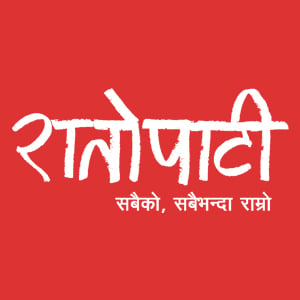
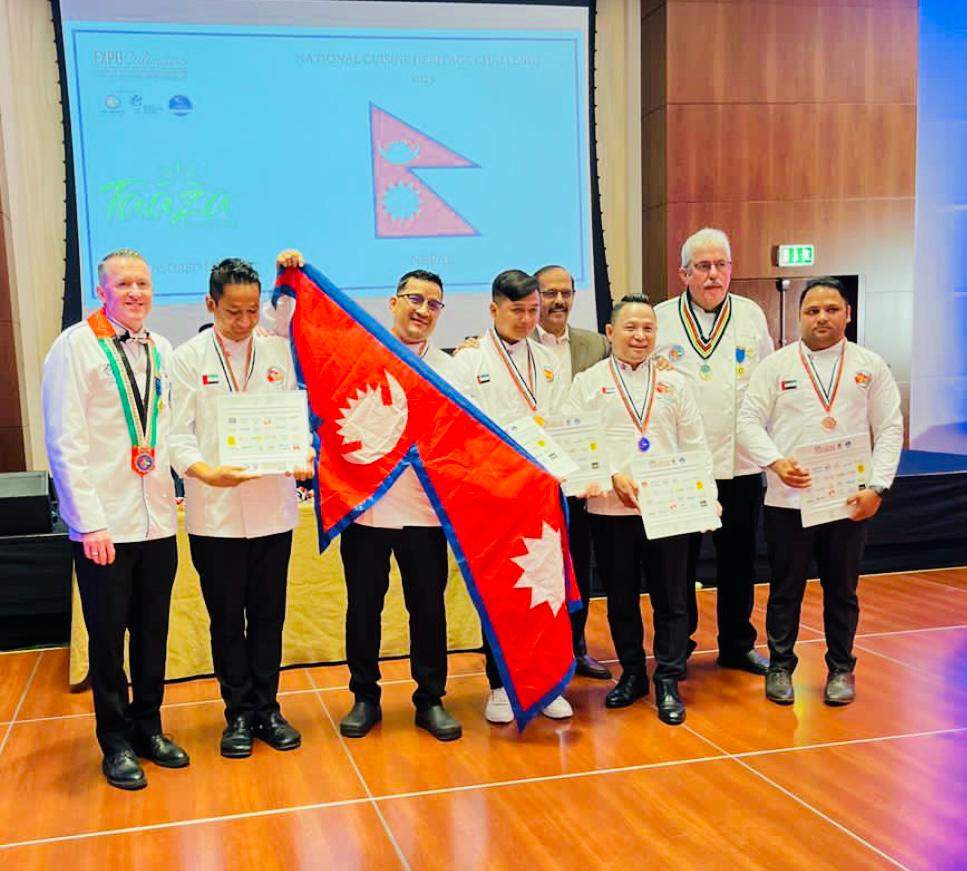
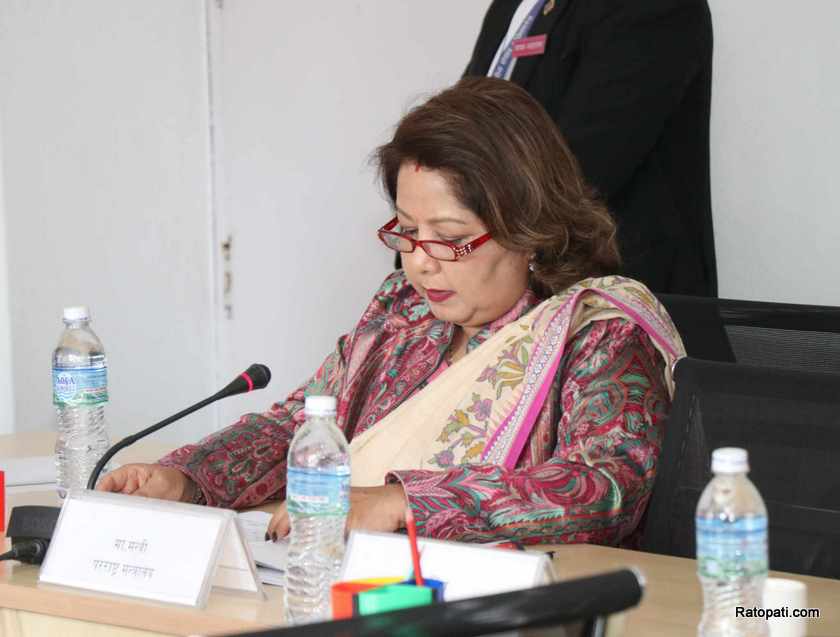


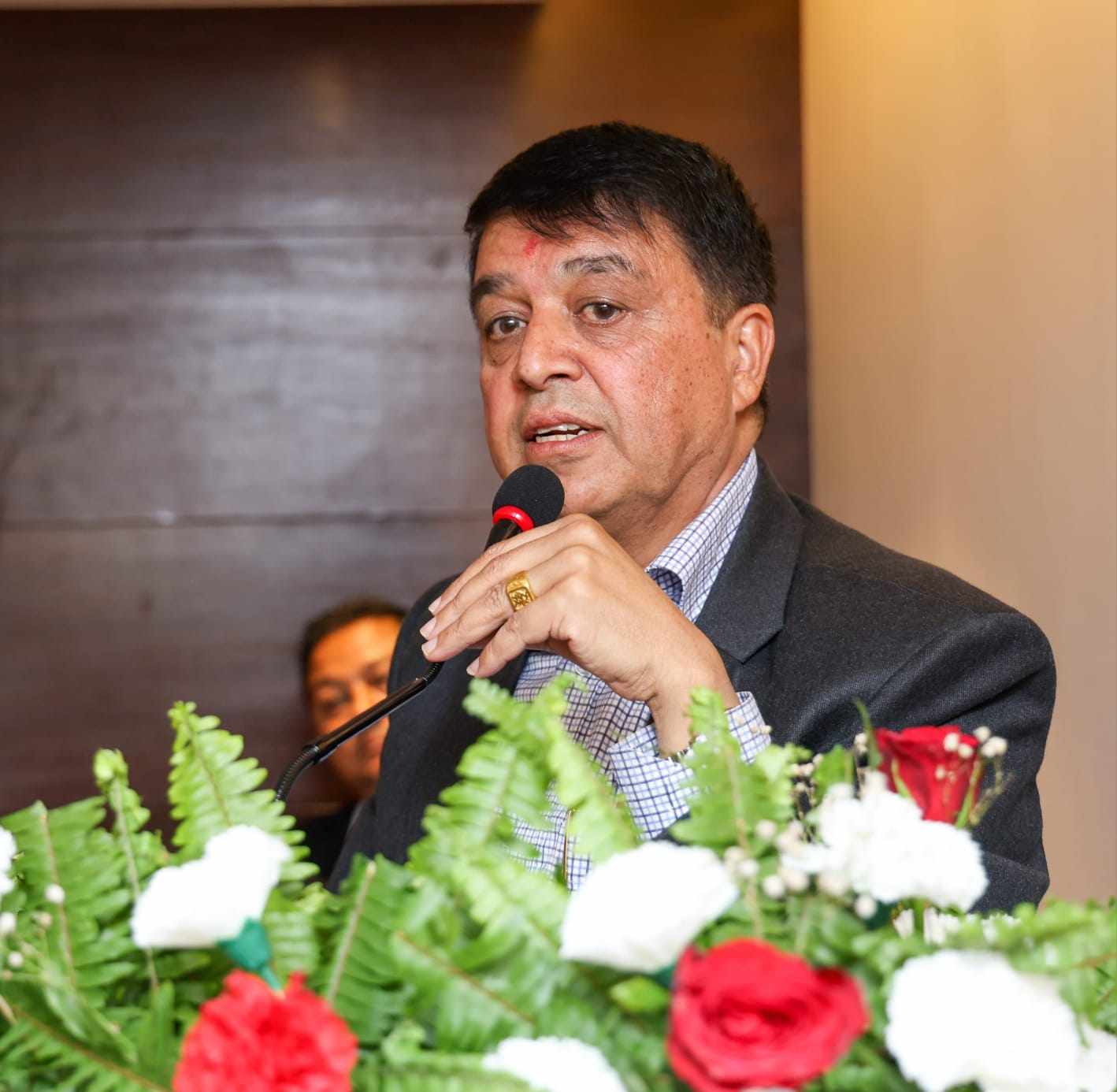
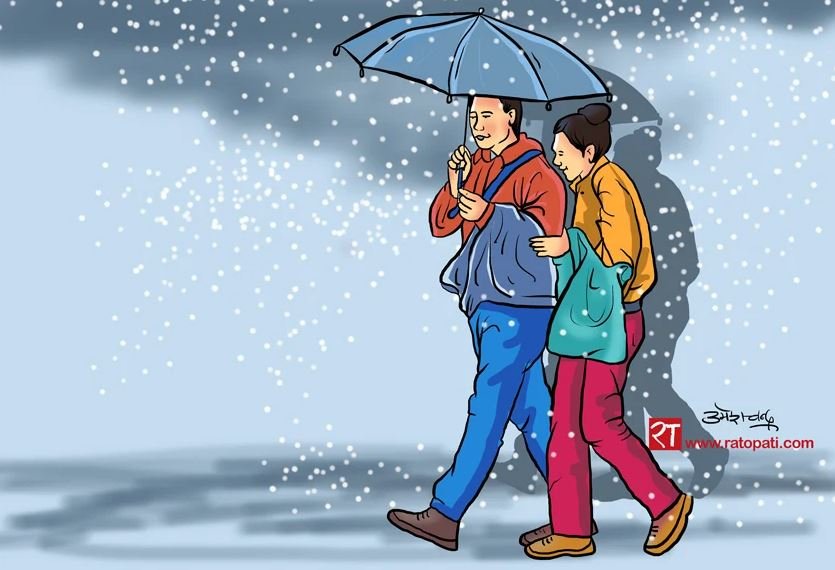

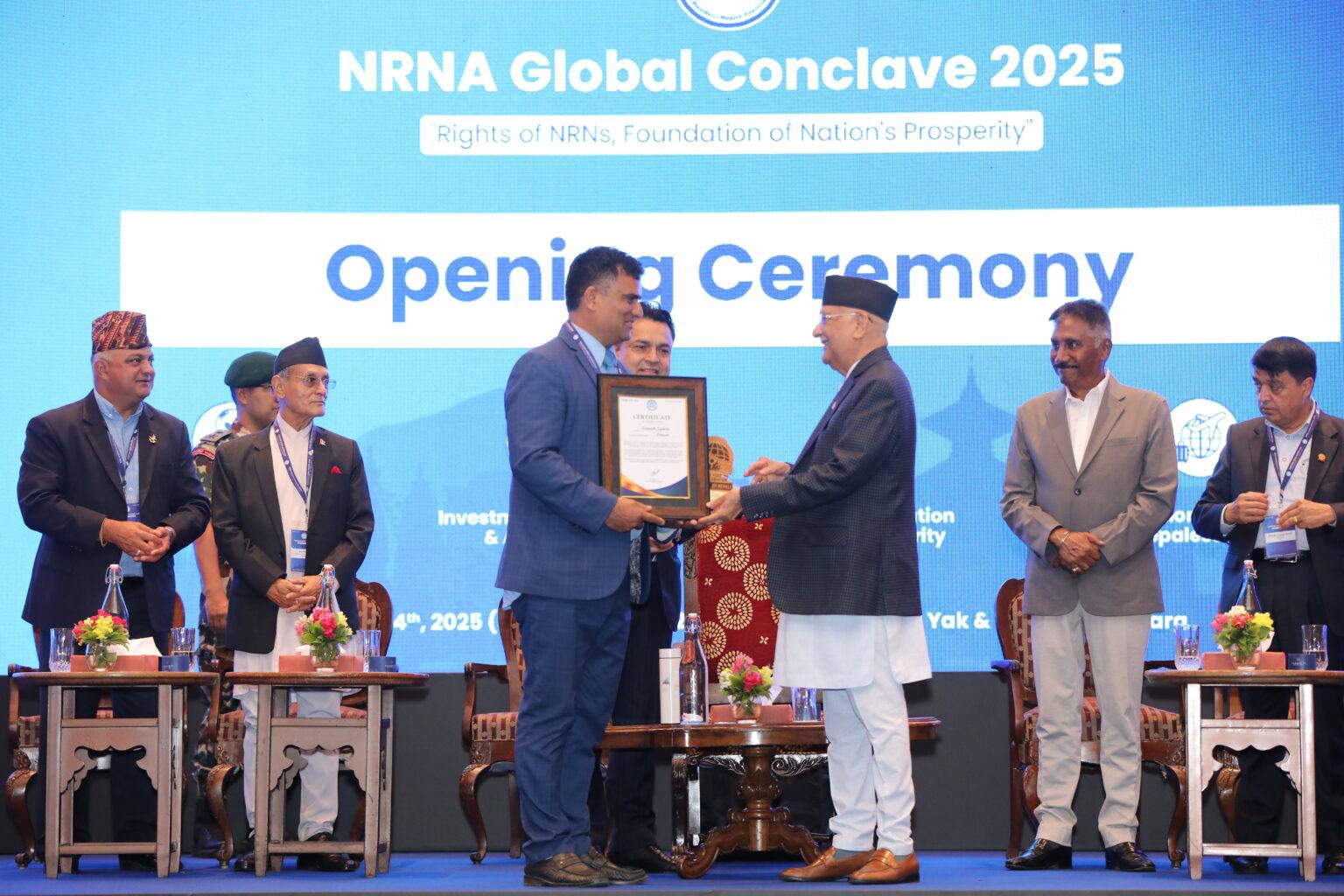
Leave Comment